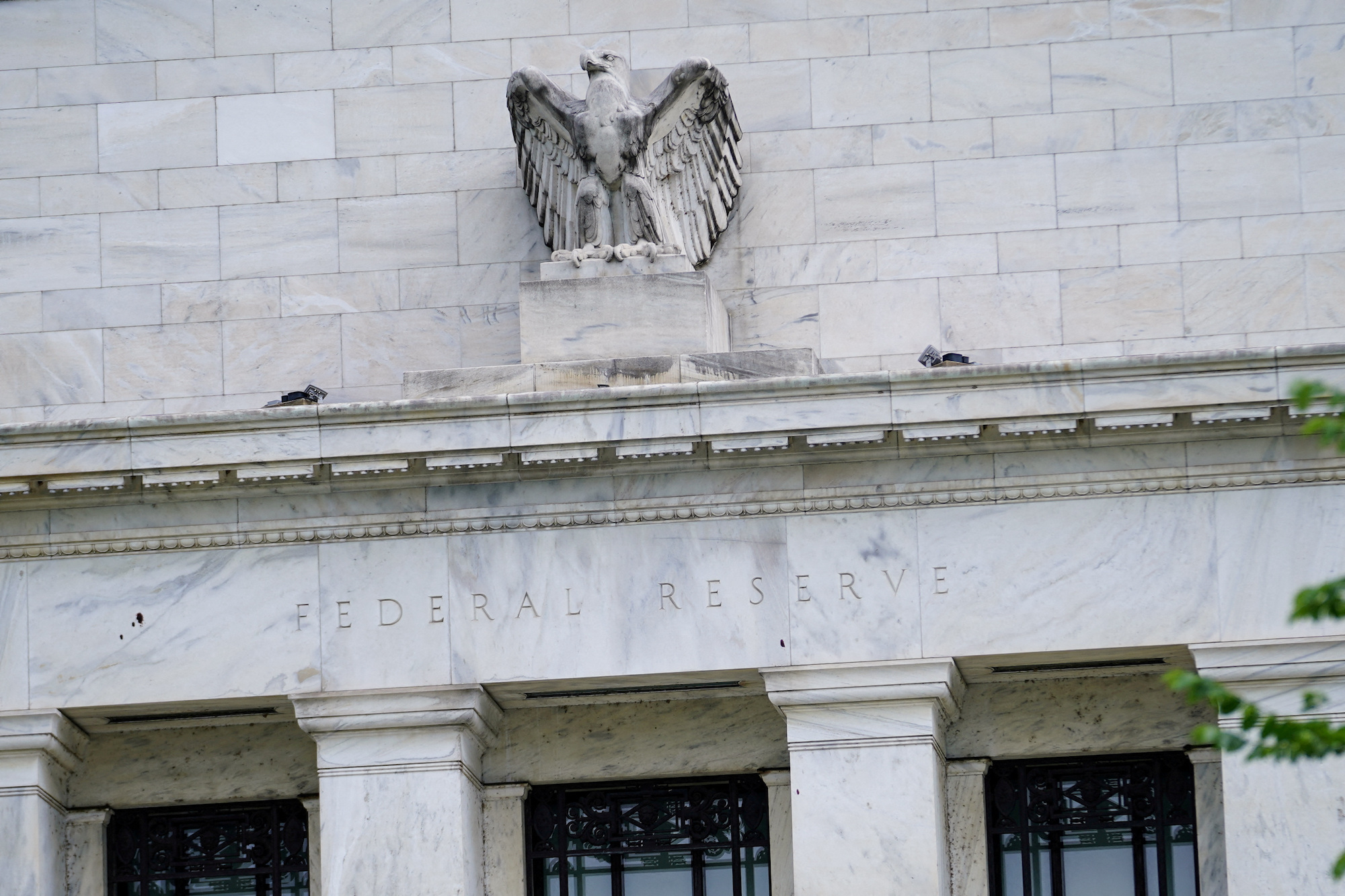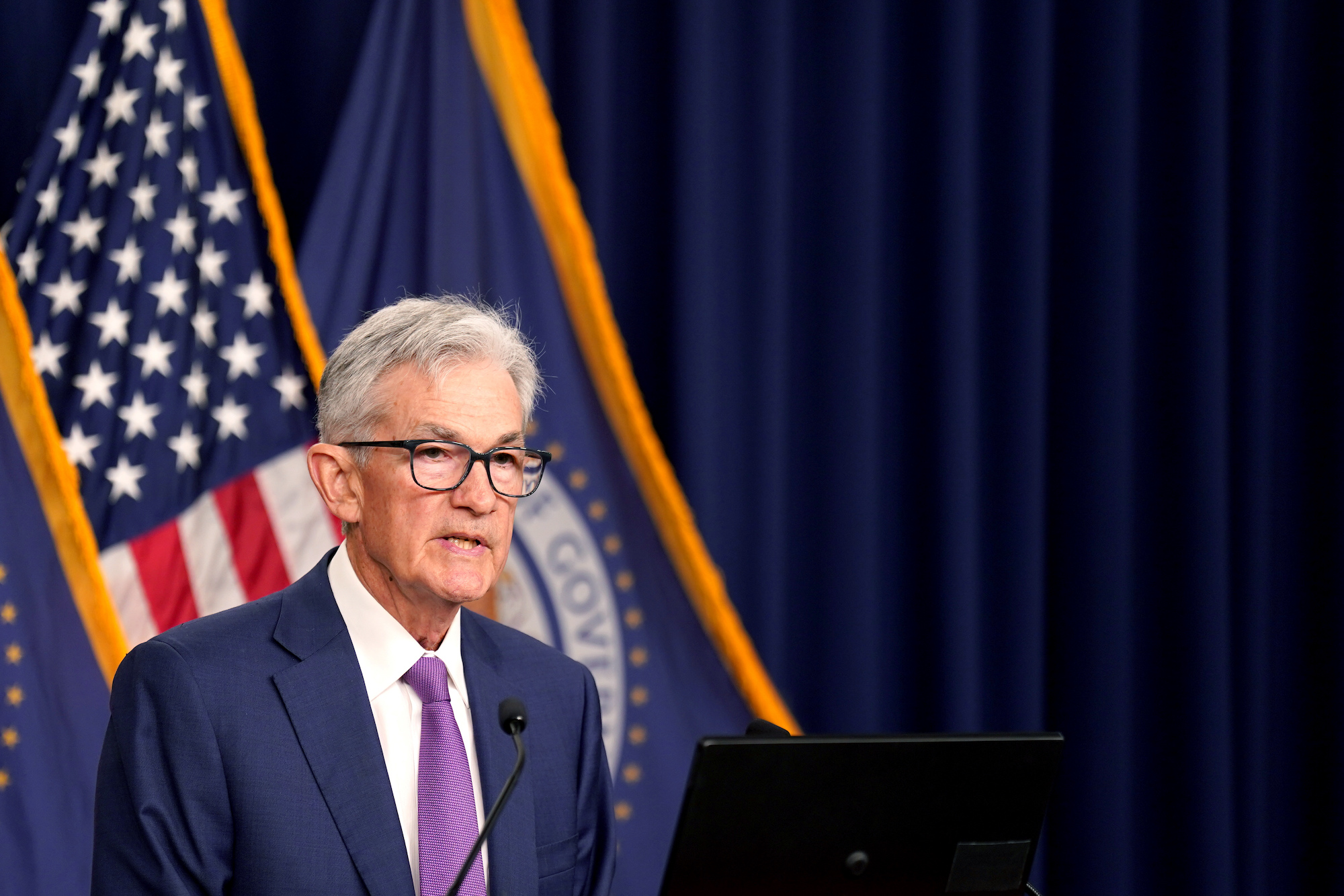US markets closed mixed on Wednesday on a volatile day of trading.
Stocks spent the morning largely unchanged before jumping higher when Federal Reserve Chair Jerome Powell indicated during a press conference that policymakers believed it was unlikely that they they would raise rates again in this cycle.
Investors, however, were unable to sustain the rally and the S&P 500 and tech-heavy Nasdaq fell again to close the day lower.
The blue-chip Dow ended Wednesday higher by 87 points, or 0.2%. The S&P 500 fell by 0.3% and the Nasdaq was also down 0.3%.
Wall Street ultimately was unable to snap April's losing streak. All three major indexes closed out last month lower after five months of gains. The Dow notched its worst month since September 2022.
In earnings news, shares of chip stocks fell after Advanced Micro Devices, or AMD, issued a lackluster earnings report. Shares of AMD were down 9% on Wednesday. Shares of Super Micro Computer also slid, ending the day 14% lower. Nvidia fell about 4%.
As stocks settle after the trading day, levels might still change slightly.




